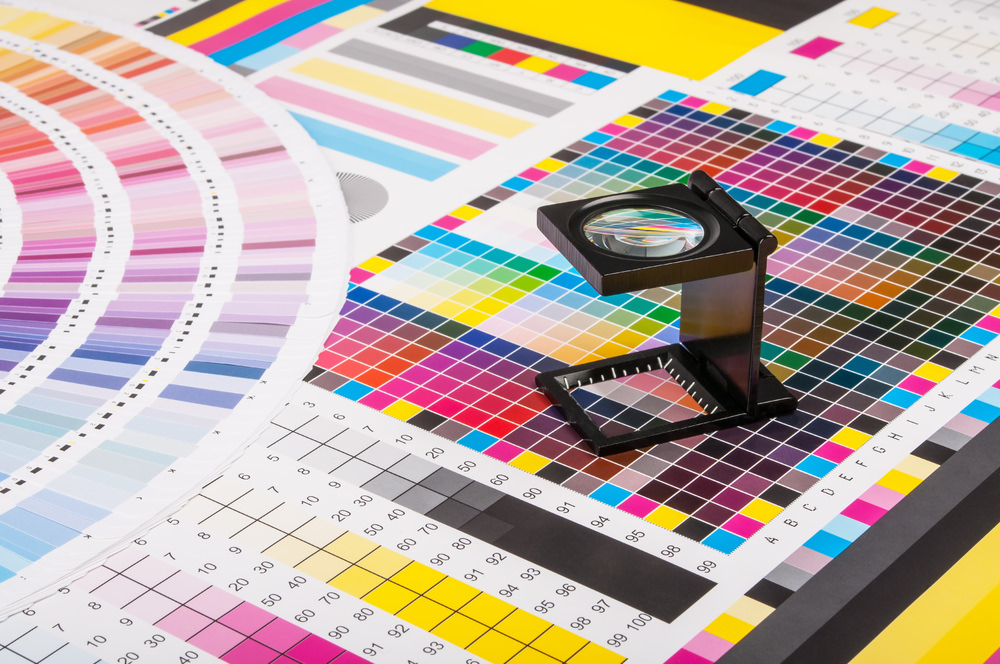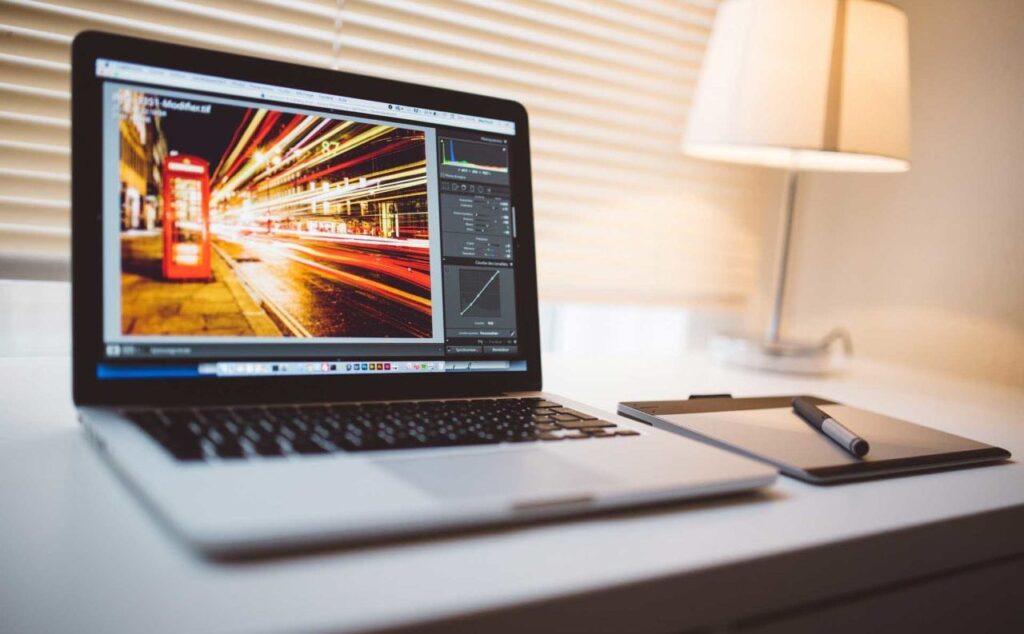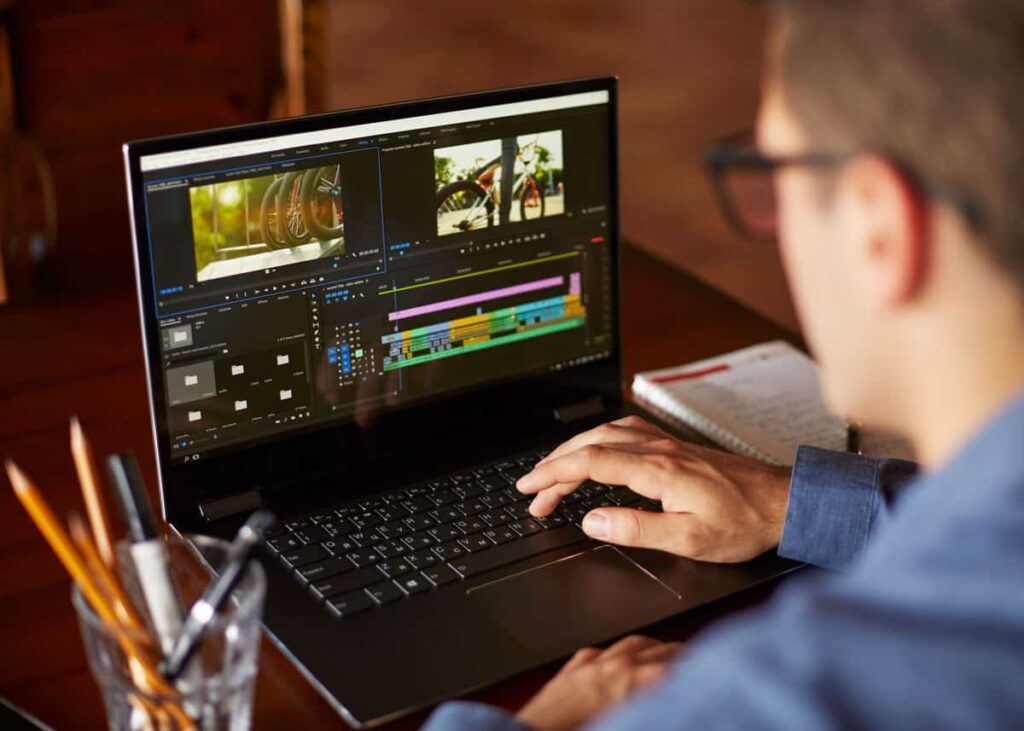Editing is done to make pictures look perfect and flawless. However, excess of anything is bad. Too much editing will make the photos look unnatural and fake. Although you might do a splendid job in editing but what would be the use of it if no one believes it? Therefore, you need to put certain limitations to the level of editing that you do.
If you do not do so, your photos will look poor and it will do more harm to them. So how will you determine that? Well, there is one thing called instincts. Your mind will tell you if this is it. But if your aesthetic sense is not that good, you need to learn.
To begin with, you should give a retouch to photos. This includes clarifying skin and managing skin tone. Just some color corrections and a smoothing effect will give a flawless picture. There are certain websites and applications that do this simple job.
There are professionals too. You can click here and go to the official website of the best photo editing platform. If you are not good at editing, you can ask them to do this work. Although your daily pictures do not need professional touch but special ones do.
For example, if you are a social media influencer, you will need a professional for editing work. Because it takes a bit of time and effort. And you probably might not have it. Likewise, wedding photos and birthday and party photos often require professional help. So you can contact fixthephoto.com and get your photos done.
However, for daily Instagram and Facebook posts, you can do it by yourself. So how will you determine if the editing is enough or not? Well, there are certain ways to find that out.
Let us take you through them;
1. Oversaturation of colors

The saturation of colors is quite important in photos. Low saturation will give the impact of calmness. On the other hand, a high saturation will increase vividness. Although low saturation often gives good results but a high saturation of colors creates something unnatural. Colors get spill-over and disturbed. Thus, the photo actually looks unrealistic and edited.
As the low saturation takes the colors towards a grayscale, it makes them dim and darker. So the photos look like they are captured in low light or during nighttime.
Though it does look amazing in some pictures but if you have a pic on a beach and on a sunny day, low saturation will make it darker. So it will not look good in any way. Therefore, the saturation levels depend upon the actual light of the photos and the time of the day too. So don’t go too far with it.
2. Vignetting effect
Vignette photos do look amazing but sometimes people fail to get over this effect. So they use it on every single picture. But you should know which type of photos need a Vignette effect. This is done often to draw attention towards the center of the photo. Furthermore, it darkens the border area. Therefore, you should use it only for certain photos.
For example, if you have your couple’s picture on an ancient site, this effect will look good. Likewise, a picture of something particular like a tree, a broken swing or something like this. While taking the photo, you should make sure that the object remains in the center. So afterward, even if you use the vignette effect, it will look good.
Contrarily, if you use it on a cake cutting ceremony, it will ruin the effect. Although it might look on some wedding photos but not on every single one. So if your picture is giving a sad and gloomy feeling unlike the original one, you should not use it.
3. Too much sharpening/ clarity

As mentioned above, too much of everything is bad. Whether you are sharpening the image or softening it, remain at the medium. Never go too far as it will only do harm to the original photo. Like softer effect, every image has its level of sharpness required.
Sometimes sharpening can create some unwanted level of saturation that ruins the colors. Similarly, screens might get a sharper image as compared to the print. So if you do sharp the pictures and it increases their contrast, the picture will look bad.
Selfies and personal photos do not need much sharpening. As it will make the person look separate from the background. However, the sharpening effect on pictures of objects will make them clearer and better to look at.
4. There are no clear boundaries
If your pictures look like they are just a single piece, you have gone too far in contrasting effect. If you go for a high contrast effect, it will make the important parts lost. There won’t be any specific details or highlights.
Likewise, if you decrease the contrast of a photo, it will give a softer look. Thus, the photo will look flat and there won’t be separate dark and bright areas. So even if there is a shadow in the picture, it won’t be clear after a low contrast. With a low contrasting effect, you will mute the colors.
So if the photo is taken on a foggy morning and you captured dew drops on leaves, contrasting will ruin the original sense. Low contrast will soften the boundaries between the dewdrops and leaf surface.
5. You get unrealistic shadows and highlights

Creating a well-balanced photo where both highlights and shadows are realistically depicted is an art. While highlights help emphasize the focal points or areas of a photo, shadows add depth, creating a three-dimensional feel.
However, when editing goes overboard, it can lead to unrealistic shadows and highlights, which ultimately detracts from the photo’s authenticity and might make it appear artificial or overly edited. For instance, over-enhancing the highlights can make certain areas appear excessively bright or sharp, while overly deepened shadows can obscure important details, creating a confusing or unnatural visual experience.
The key is to strike a balance where both highlights and shadows are tweaked just enough to enhance the photo’s appeal without losing touch with reality.
As photo editing tools become increasingly sophisticated, learning to restrain the urge to over-edit and understanding the nuances of lighting can make a significant difference in preserving the natural essence of the photo. Check this website https://www.wallpics.com.
This website offers a platform to showcase these well-balanced photos, where the artistry of maintaining realistic shadows and highlights can be appreciated by a wider audience.
So if you have your personal photo and you are doing editing, do not soften your jawline and neck area. They are the highlights. Therefore, they should look a bit clear but not sharp. On the other hand, you can soften the background a bit to make yourself the highlight.








